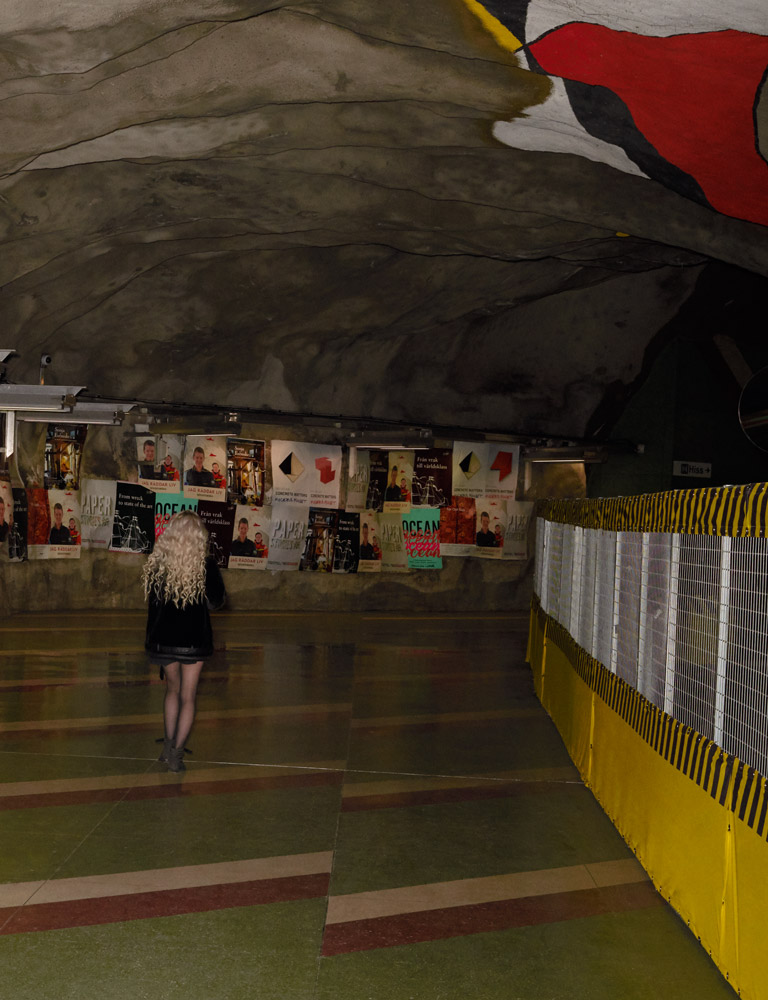A few years ago, a group of scientists found something remarkable deep beneath Stockholm, on the granite walls of the deepest metro station in the city — Kungsträdgården. The station bears the same name as the park it is located beneath, one of the oldest parks in the centre of Stockholm, facing the Royal Palace.
In this subterranean world, the researchers found an unexplored ecosystem that was developing in the underground passageways: plants and creatures that didn’t exist anywhere else in the city, such as whorled tufa moss, last seen in Stockholm growing in a greenhouse in the 1930s. They also found dwarfweaver spiders, more usually found in catacombs in Southern Europe. No one was able to explain how these exotic non-native species had found their way into Kungsträdgården metro station.
Perhaps it was appropriate that the mystery arose there because in many ways Kungsträdgården is a remarkable metro station. From the moment you step onto the escalator and head down towards the platforms, you are struck by a very specific smell. Not the dust or hot metal of other stations, but soil, like an old cellar. The rock walls are bare, untreated — the only station to be left that way in the whole of the Stockholm metro network.
Between 1978 and 1986 artist Ulrik Samuelson transformed Kungsträdgården metro station into one of the most spectacular tube stops in the world — an immersive, underground installation of romantic decay.
Samuelson sought inspiration in the history of Kungsträdgården. He wanted to recreate a fantasy of what had been lost, deep below ground. Here, stone sculpture replicas from the Palace Makalös — a home of theatre and culture in the midst of Kungsträdgården from 1643 — would stand as a silent echo of centuries past. As homage to the palace that was destroyed by fire in 1825, Samuelson decorated the metro station with fifty mascarons and a statue of the god of war. There is also a section containing a replica of part of the ruined palace, complete with casts of its sculptures and ornamentation.
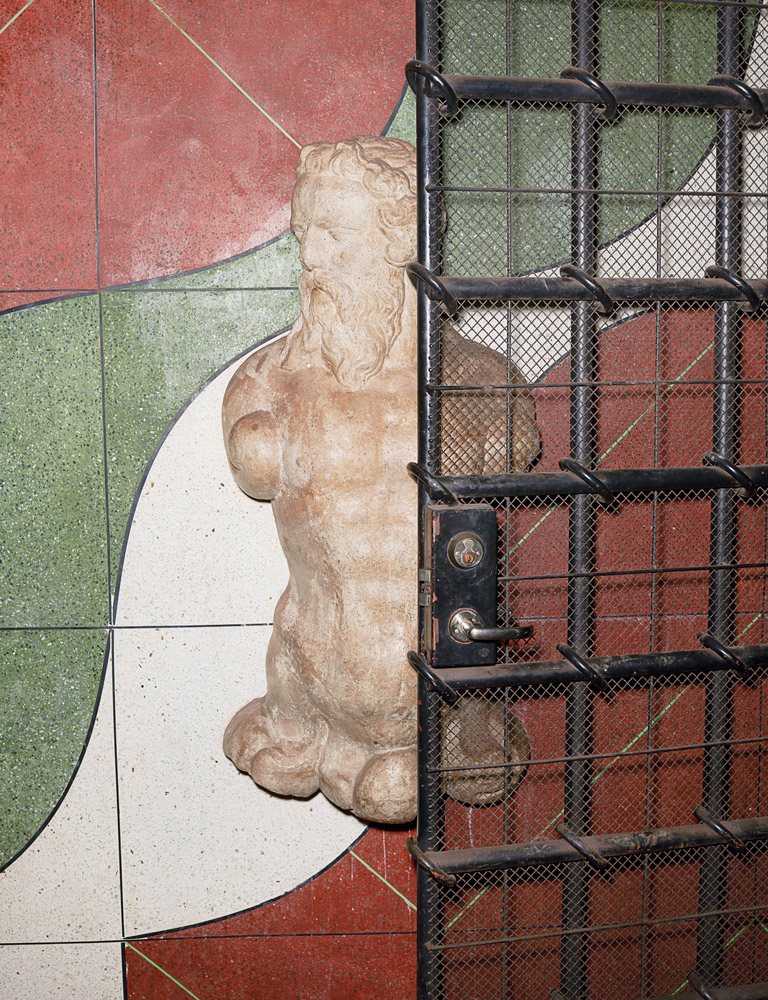
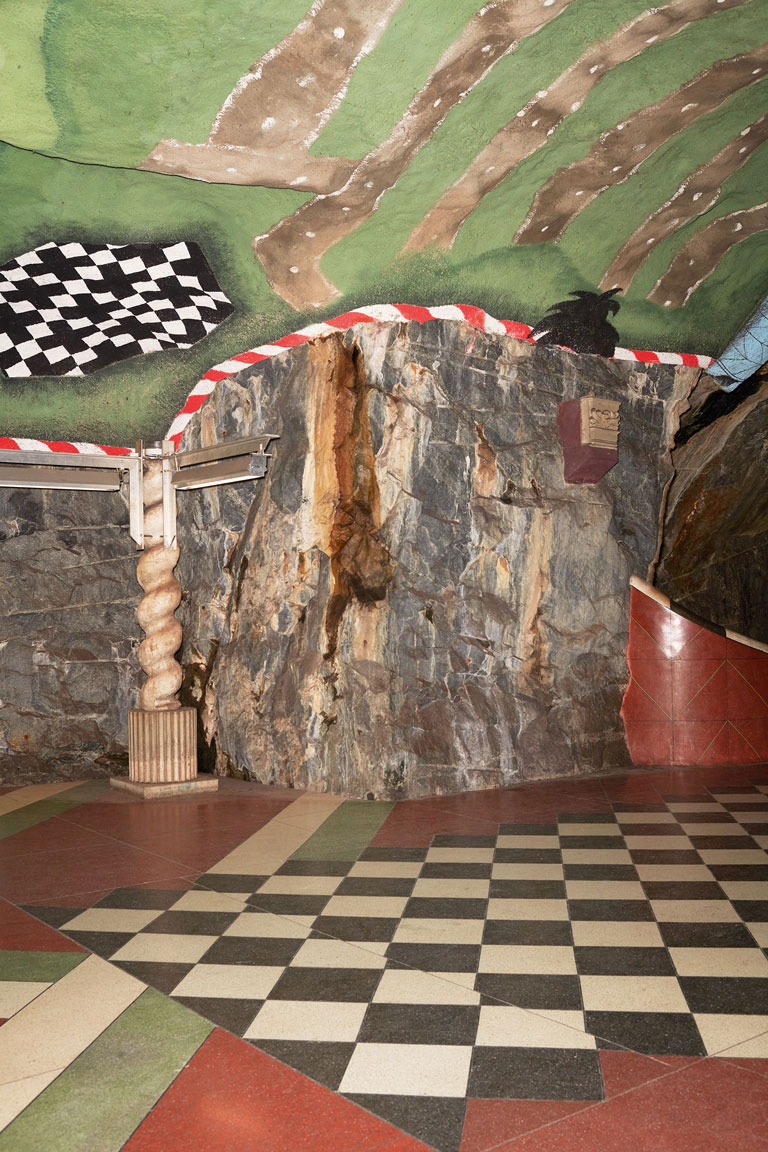
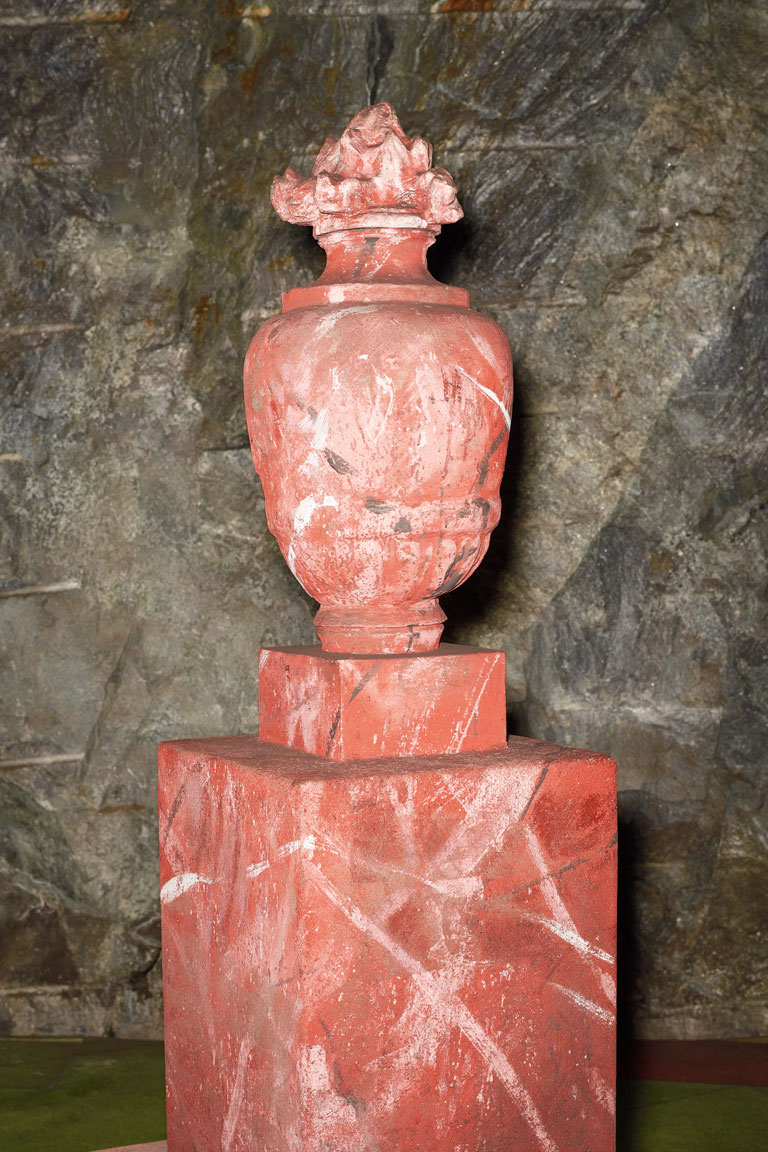
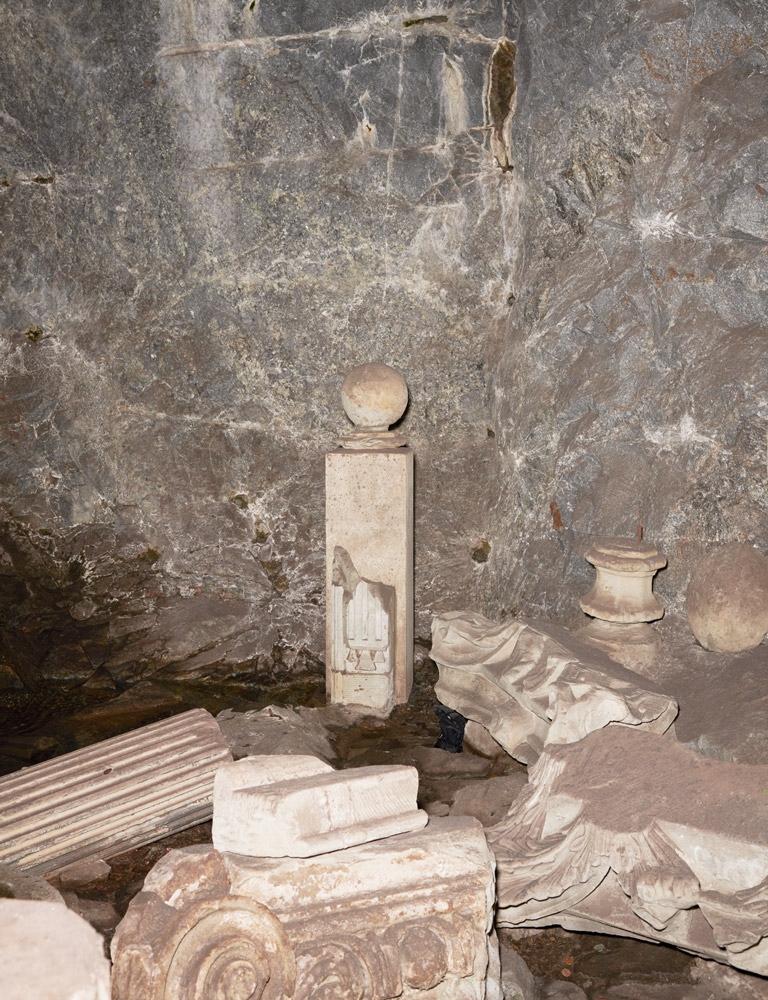
The station also includes a calcified tree-stump, a reference to the political struggle to save the 100-year-old elm trees in Kungsträdgården park in 1971. The elms were due to be felled to make space for one of the entrances to this very metro station. The “Battle for the Elms” became a symbolic cause for the politically radical 1968-movement that had swept through the West since the late 1960s in protest against the Vietnam War and the obsolete conventions of the previous generation. However, the battle was also important for the nascent environmental movement. The protests eventually led to the entrance being moved. What is unique about the artistic design of the metro station is that it is critical the modernists’ fondness for demolition whilst simultaneously being a product of it. Ulrik Samuelson’s design incorporated parts of buildings that had been destroyed.
Samuelson also included the symbolic themes that he returned to repeatedly in his work: cells, membranes and physicality. Samuelson’s colourful cell-patterns envelop the cavernous space, conveying a sense of travelling through the arteries of the circulatory system. The remarkable thing is that, over the years, nature and the elements have merged into Samuelson’s artwork. The space has become alive. Nature has taken over the veneer of decoration.
The untreated rock has become coloured by mineral deposits, layers of salt and bacteria in shades of lilac, turquoise and beige. Damp stalactites have started to form on the roof. Kungsträdgården metro station has been transformed into a living ecosystem, a sunken Atlantis deep beneath Stockholm.
The untreated rock has become coloured by mineral deposits, layers of salt and bacteria in shades of lilac, turquoise and beige. Damp stalactites have started to form on the roof. Kungsträdgården metro station has been transformed into a living ecosystem, a sunken Atlantis deep beneath Stockholm.
